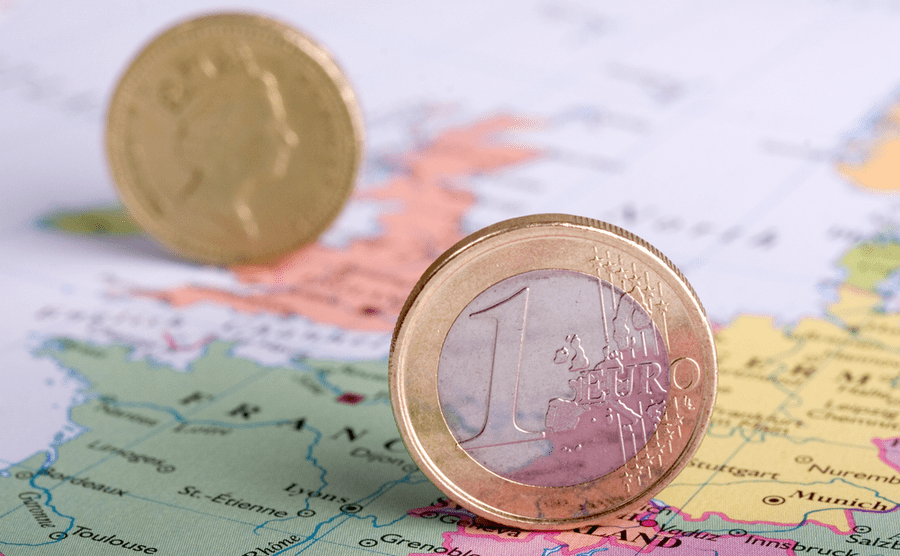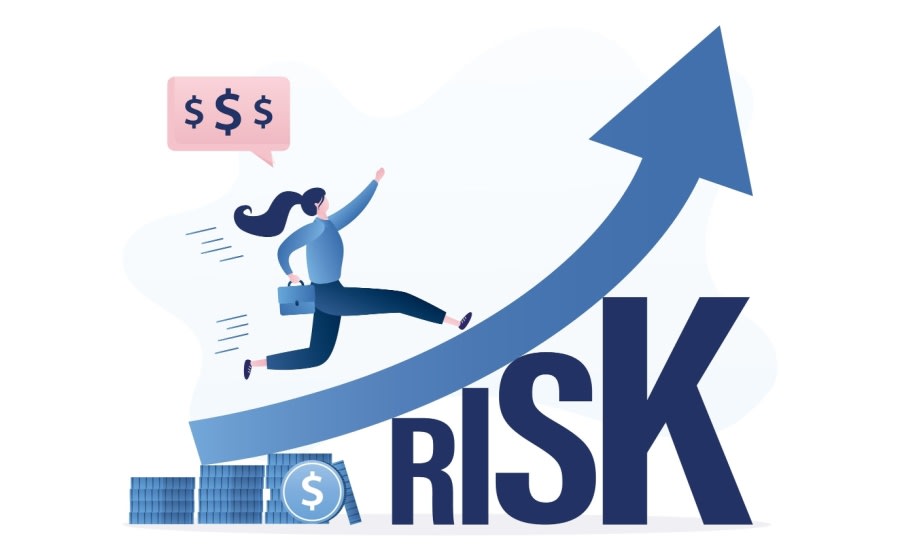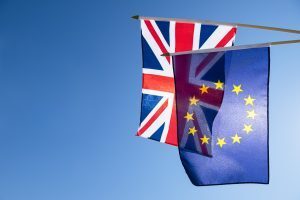War in Ukraine being taken back to the Russians, the potential for escalation in the Middle East… two obvious examples of global threats right now. Then there is the further risk of pandemics, the risk of an economic slowdown in the world’s biggest economies, an overly confident politician inadvertently crashing an economy. It can all cause big moves in exchange rates. Part of that is the simple ecconomic consequences, of rising oil prices or a lockdown. But it’s also about how the markets assess risk, and this is a complicated relationship.
In the markets it’s referred to as ‘risk-on’ or ‘risk-off’, or RORO. It can affect any asset price, with currency markets particularly sensitive, and some currencies even more so.
What does ‘risk-on risk-off’ mean?
Exchange rates are determined by investors trading sums of currency. Risk-on or risk-off refers to investor’s appetite for risk. It is sometimes also referred to as ‘risk sentiment’ or investor sentiment.
If the risk is perceived to be low, this is described as risk-on. A risk-on environment is likely to occur during times of market stability or recovery. This allows investors to opt for riskier assets. In currency terms this might be the Australian or Canadian dollar.
If the risk is perceived to be high, this is described as risk-off. A risk-off environment is likely to occur during times of instability. A volatile or uncertain environment, which could be caused by events such as in Ukraine, will prompt investors to err on the side of caution and opt for safer assets. These assets could be ‘safe-haven’ currencies such as the US dollar or Japanese yen.
How is the pound impacted by risk?
Typically, sterling would weaken in a risk off environment and strengthen during risk on.
For example, the conflict in Ukraine prompted investors to opt for safer assets, so the market conditions would be described as risk-off. This caused the pound to weaken against the US dollar. The US dollar is a safe-haven currency, so typically strengthens in a risk off environment. Interestingly, this can happen even if the risky environment is within America, such as the risk of economic recession.
However, sterling also tends to toe the line when it comes to risk sentiment. In a risk-off environment it tends to weaken against safe-haven currencies. However, it can also strengthen against riskier assets, such as emerging market currencies and the Australian, New Zealand and Canadian dollars.
How is the euro impacted by risk?
The euro is unpredictable when it comes to risk sentiment. For years, the euro behaved like the pound – it would typically strengthen in times of market stability or optimism (risk-on) and weaken during times of market distress (risk-off).
However, in recent years it has started to behave more like a safe-haven currency, strengthening in times of market volatility. The GBP/EUR pairing, therefore, tends to decline in risk-off conditions.
This is not always the case, though. As the crisis in Ukraine escalated, the euro weakened against the pound, despite the pound typically being more sensitive to market mood. This is because the crisis has a direct effect on the European economy.

As the crisis in Ukraine has escalated, the euro has weakened against the pound.
Why are certain currencies safe whilst others are risky?
A safe-haven currency is usually considered as such because of the economy behind it. For example, the Swiss franc is a safe-haven currency due to factors such as the stable Swiss government, safe banking industry and low unemployment. The US dollar is the world’s reserve currency so is often the ‘default’ safe-haven choice during times of uncertainty.
The Singapore dollar’s safe-haven status has grown in recent years, benefitting from being the only southeast Asian economy considered to be developed rather than emerging.
In contrast to this, the Australian dollar is a risk-sensitive currency, as it is strongly tied to commodities. Australia’s economy is heavily reliant on the export of agricultural and mining products. These commodities are volatile and demand from Asia tends to impact the Aussie dollar.
The Norwegian krone is also risk sensitive and tends to weaken in a risk-off environment. In 2020, the pandemic and falling oil prices caused it to fall to its lowest since 1971.
Similarly, emerging market currencies, such as the Russian rouble and Brazilian real tend to be riskier due to the Russian and Brazilian economies’ heavy reliance on commodities and bouts of political instability.
How can you protect your property purchase from currency movements?
Although the pound strong against the euro at the moment, it’s impossible to predict how it will fare in the coming days and weeks. Risk sentiment is strongly tied to news surrounding the Ukraine conflict at the moment. The uncertain nature of this could spell volatility for sterling, potentially having an impact on the price of your overseas property.
We can put measures in place, such as a forward contract, to ensure that your property buying budget is protected from this potential volatility. Contact our team on +44 (0)20 7898 0541 or fill in this short form.





















